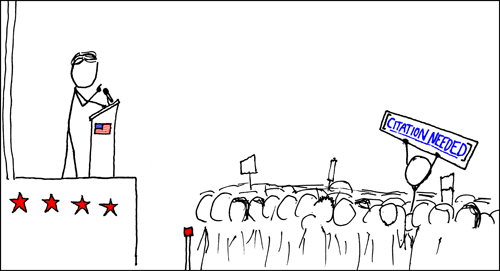Why does opening school = no precautions? Schools are open in many places and everything is fine, you just do a Ctrl+C and Ctrl+V of whatever they're doing.you keep gliding over this, weird
1st Lancet article:
Determining the optimal strategy for reopening schools, the impact of test and trace interventions, and the risk of occurrence of a second COVID-19 epidemic wave in the UK: a modelling study
To prevent a second COVID-19 wave, relaxation of physical distancing, including reopening of schools, in the UK must be accompanied by large-scale, population-wide testing of symptomatic individuals and effective tracing of their contacts, followed by isolation of diagnosed individuals.www.thelancet.com

Finding a path to reopen schools during the COVID-19 pandemic
As any parent knows, young children are extremely efficient at catching and passing on respiratory infections. This intuition is backed up by a raft of scientific evidence, which was greatly bolstered during the 2009 H1N1 influenza pandemic. Many studies demonstrated the crucial role that...www.thelancet.com
Those studies.
It's not a good idea for schools to be closed for so long. Nobody wants that to happen; researchers & healthcare practitioners readily say it would be best for them to be open. But if they are to open safely, then extensive precautions need to be in place-- significantly beyond what's currently in place in the UK and US.
Put the necessary precautions in place, and by all means, open up. But don't just ignore the former and do the latter.
"we also simulated infectiousness of children and young adults aged younger than 20 years at 50% relative to older ages (20 years and older)"
We know that modeling isn't true now.
--
2nd Lancet article:
"Yet at the population level, the benefits of closing schools might outweigh the costs if children play a key role in transmission to others."
Children don't play a key role in transmission.
"Macartney and colleagues focused on the paediatric and adult population who had attended a school or early childhood education and care facility while infectious (defined as 24 h before symptom onset). 27 primary cases were identified (56% staff). 1448 close contacts were identified. Nearly half of these close contacts were tested virologically or serologically, yet only 18 secondary cases were identified. These very low rates of infection need to be interpreted with caution, because mitigation measures were in place: most educational facilities were closed briefly after case identification, and close contacts were expected to home quarantine for 14 days. Nevertheless, the result do align with findings from a similar study from Ireland, also done during the early part of the epidemic, in which six confirmed cases (three adults and three children) attended schools. No secondary cases were documented as arising from the paediatric cases."
"A notable exception to the general pattern of very low attack rates in school settings occurred during an outbreak centred in a high school in northern France.
Infection attack rates were high in students (aged 14–18 years) and staff (38% and 49%, respectively), and much lower among parents and siblings (11% and 10%, respectively) suggesting that infection was concentrated within the school environment. A follow-up study in local primary schools revealed much lower infection rates (6–12%) among staff, students and family members, and no convincing evidence of any secondary transmission within schools. The contrast between the infection rates in the secondary and primary schools might turn out to be important. Contact tracing from South Korea suggests that rates of COVID-19 among household contacts of cases was lowest when the index case was younger than age 10 years (three [5%] of 57) and highest when the index case was aged 10–19 years (43 [19%] of 231). If young children are less infectious than adults, then there must be an age when they start to become as infectious as older individuals. The French and Korean studies suggest that this might occur during adolescence, which could have major implications when schools, colleges, and universities return fully, as they must do soon."
So maybe high schools should be closed.
---
The kids don't transmit it. The staff has to take precautions with themselves like any other job. If it's too dangerous for teachers to go to work, then it's too dangerous for basically anyone else to go to work.I don't much care about the kids with regards to covid. I care about the staff, and the staff's families, and all the other people the kids and staff might pass covid-19 onto, this in the context of a bunch of people who don't work in schools deciding teachers should be exposed to covid-19.
For much the same reason I couldn't give a monkeys if 20-year-olds want to swan around getting themselves infected, cocksure about their personal safety: what pisses me off to the nth degree is that they'll spread the plague to a ton of other people who might not get away with it so lightly.


